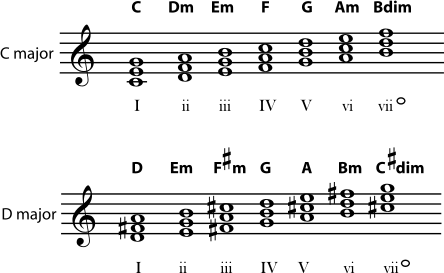
To determine if we are in a minor key or a relative major key, look to see what the first note of the piece is. To find a song in G minor, look for B-flat and E-flat in the key signature. The piece will probably also cadence in G minor, which means phrases in the song begin and end with the G minor chord. You can also determine if a piece is major or minor by listening for the unique sound of minor chords: very somber, unlike the bright, cheerful sound of major chords. On the page, the key signature of G minor shows two flats. They also know if a song is in G minor by looking at the sheet music. Musicians say a song is in G minor when it uses the notes of the G minor scale. Want to learn more about the G minor piano scales and develop the skills you need to play in G minor? Try Hoffman Academy Premium Today ! What does it mean when a song is in G minor? Once you know all the notes of each scale, you’ll have the tools to play songs and chords in the key of G minor. Each type of scale is built with a different combination of half and whole steps on the piano keys, all beginning on G. There are three different versions of the G minor scale: natural minor, harmonic minor, and melodic minor. We’ll also build chords from the notes of this scale so you can harmonize music in the key of G minor. Ready to learn how to play the G minor piano scale? In this article, we’ll show you the three different versions of this scale, plus the easiest finger patterns to learn them quickly.


Learn how to play the G minor piano scale! Discover the key signature, notes, chords, finger positions, and some fun songs in G minor.


 0 kommentar(er)
0 kommentar(er)
